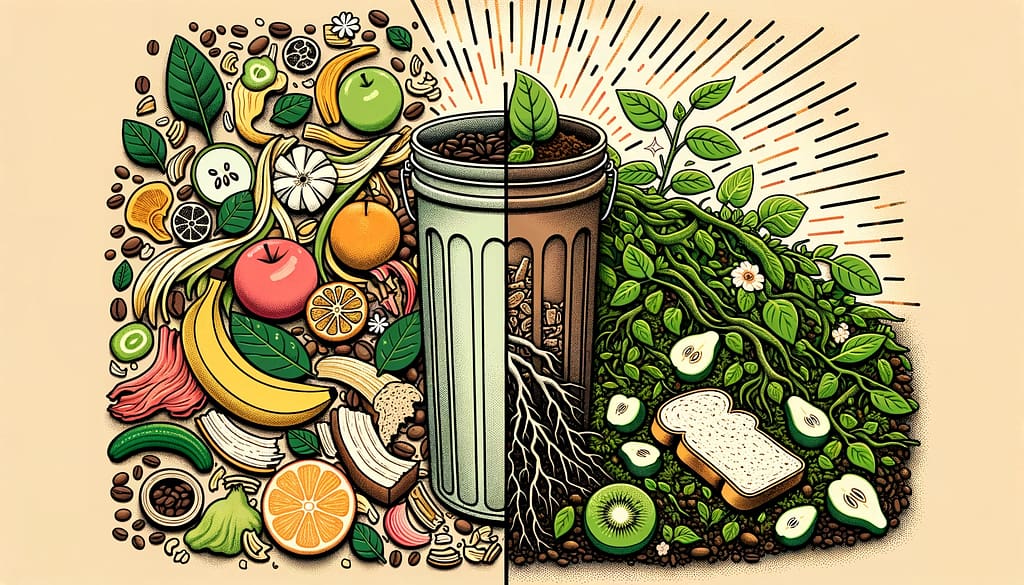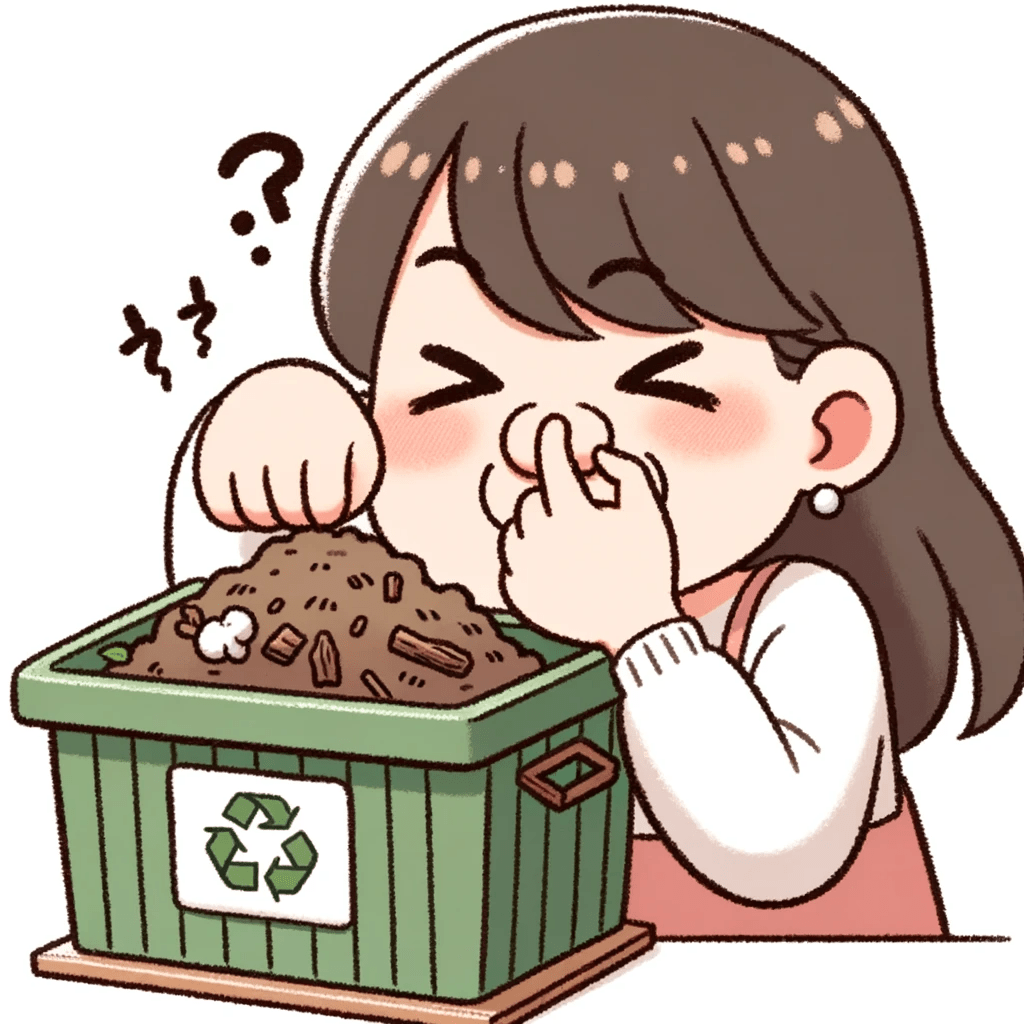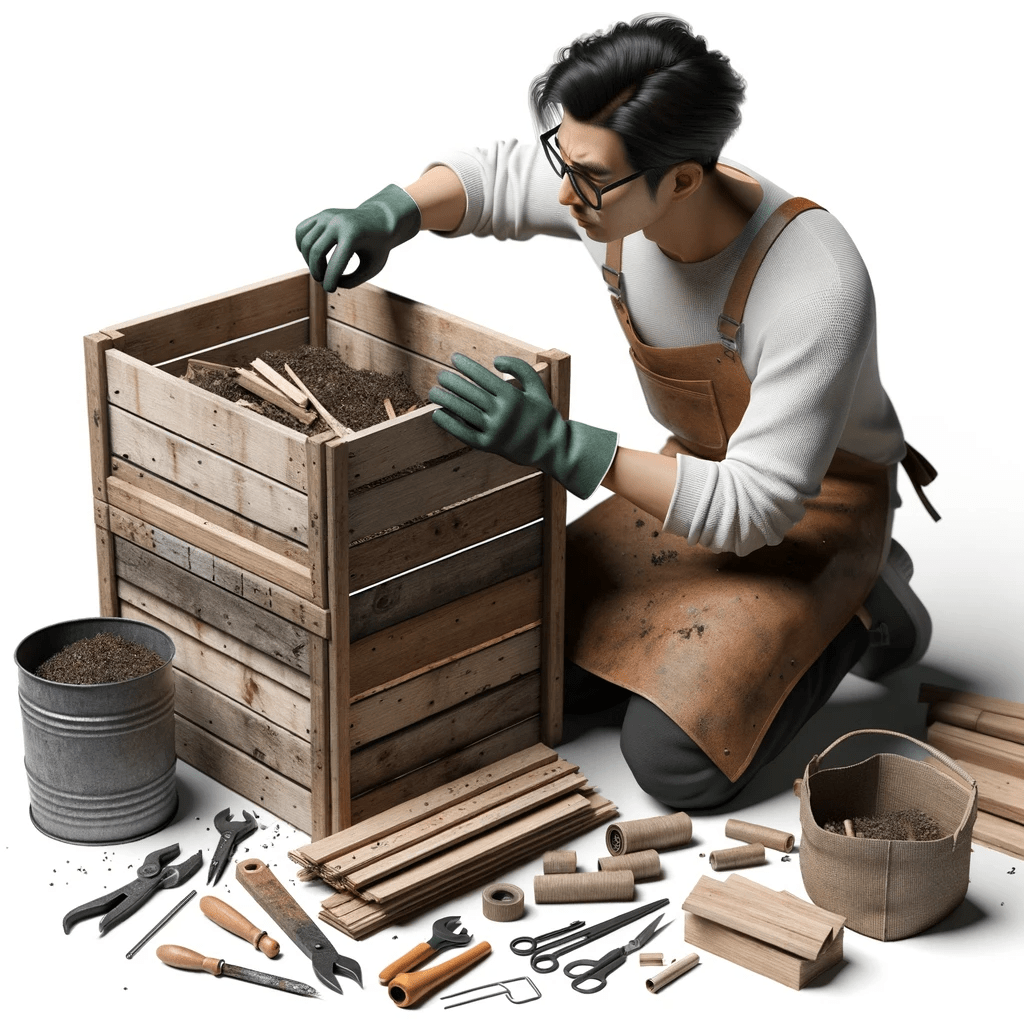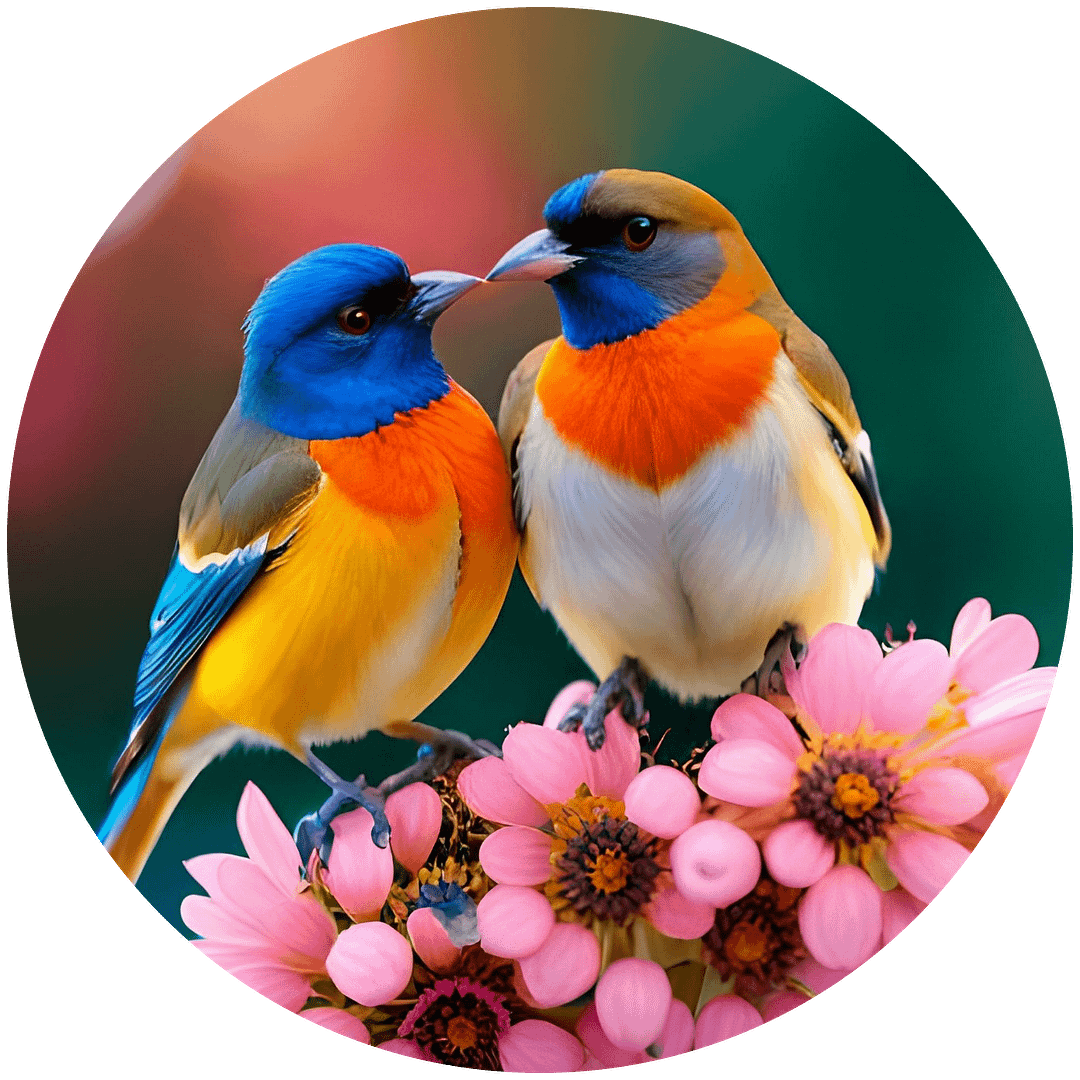Introduction

In today’s bustling world, it’s easy to get lost in the noise, the convenience, and the instant gratification. But as our planet gently nudges us with reminders of our impact, many of us are pausing, reflecting, and wondering: “How can I make a difference?” The answer, dear reader, might just be lying in your kitchen scraps and the soil beneath your feet. Welcome to the transformative world of composting and gardening—a journey that’s as much about nurturing our souls as it is about nurturing the Earth.
There’s a magic in watching food waste turn into rich, dark compost and in seeing a tiny seed sprout, grow, and blossom under your care. But beyond this, there’s a profound satisfaction in knowing you’re actively contributing to a sustainable future, one handful of soil at a time. Dive in with me, and let’s demystify the art and science of composting, address those nagging concerns (because, yes, I too once wondered about that compost smell), and explore the joys of cultivating our green havens, be it in a sprawling backyard or a tiny balcony. This isn’t just about plants and waste; it’s about rediscovering our connection to nature and our potential to effect change. So, whether you’re a seasoned gardener or a curious newbie, there’s a spot for you in this eco-friendly tribe. Let’s embark on this green journey together!
Table of Content
Section 1: Understanding Composting
The Science Behind Composting
Before we embark on our hands-in-the-dirt adventure, let’s take a moment to marvel at the wondrous alchemy of composting. At its core, composting is nature’s recycling system—a symphony of microbes, fungi, and even critters like worms, all breaking down our organic waste into dark, nutrient-rich gold for our gardens. It’s a dance between aerobic and anaerobic decomposition, a delicate balance of air, moisture, and carbon and nitrogen-rich materials. The beauty of it? It’s nature’s way, a cycle as old as the Earth itself, and yet, in our modern lives, it’s a conscious choice we make to return to our roots.
Benefits of Composting
Now, if the sheer magic of turning waste into wonder doesn’t captivate you, perhaps the tangible perks will. First and foremost, by composting, we drastically reduce the amount of waste that ends up in landfills, which in turn decreases harmful methane emissions—a win for our planet! But the gifts don’t stop there. For our gardens, compost is like a gourmet meal. It enriches the soil, improves its texture, and enhances its ability to retain water. And for those of us who talk to our plants (guilty as charged!), you’ll soon notice them responding with vibrant colors and bountiful yields, as if saying a little “thank you” for the treat.
Common Composting Challenges and Solutions

Alright, let’s address the elephant in the room. Or rather, the peculiar smell coming from the corner of the yard. Composting, for all its glory, can come with its set of challenges. Odor is often the first one that deters enthusiasts. But here’s the thing: a well-maintained compost pile should smell earthy, not unpleasant. If it does, it’s usually a sign of too much moisture or not enough air. Simply turning your pile or adding dry, brown materials can often fix this.
Worried about pests? Ensuring you don’t add meat or dairy and maintaining a balance in your compost can keep unwanted visitors at bay. Remember, every challenge in composting is an opportunity to learn, adapt, and grow—both as a gardener and an eco-warrior.
Section 2: Starting Your Compost Journey
Types of Composting
As with any epic journey, there are many paths to choose from, and composting is no exception. Let’s explore the diverse avenues, shall we?
Traditional Composting: Think of this as the classic route—a simple pile or bin where organic waste breaks down over time. It’s Mother Nature’s way, using both green (nitrogen-rich) and brown (carbon-rich) materials. With a bit of patience and periodic turning, you’ll have your compost ready to nourish your garden.
Vermicomposting: Enter the world of wriggly worms! Yes, these little creatures are your allies in breaking down waste at an accelerated pace. They munch through your kitchen scraps and leave behind worm castings, a potent soil enhancer. Ideal for those who seek a faster and more efficient method.
Bokashi Composting: A touch of the East, Bokashi is a fermented composting method. By layering kitchen waste with Bokashi bran (fermented with effective microorganisms), you create a pre-compost that can then be buried in the garden or added to traditional compost piles. A unique twist for those looking to experiment.
DIY Compost Bins

Ah, the joy of creating with our own hands! Whether you have sprawling acres or just a cozy balcony, there’s a DIY compost bin that’s perfect for you. Using everyday items like wooden pallets, old bins, or even wire mesh, you can craft a space where your waste will transform into garden gold. And the best part? It’s tailored to your space and needs. Stay tuned for a step-by-step guide that will walk you through the process, making it as simple as pie (and don’t forget those pie scraps are compostable too!).
Maintaining Your Compost
The heart of our composting journey lies in the care we give. Regular maintenance is akin to tending a delicate plant. It requires balance—of wet and dry materials, of air and moisture, of greens and browns. Turn your pile occasionally to aerate it, ensuring those helpful microbes get the oxygen they crave. Notice your compost getting too wet? Throw in some dried leaves or cardboard. Too dry? A sprinkle of water will do the trick. It’s an intuitive dance, one that syncs you with the rhythm of nature.
Section 3: From Compost to Garden

The Link Between Compost and Soil Health
Let’s take a moment to appreciate the unsung hero of our gardens: the soil. This humble blend of minerals, organic matter, and microorganisms is the very foundation of life as we know it. And guess what? Compost is its best friend. By adding compost, we’re not just dumping waste; we’re breathing life into the soil. Compost introduces beneficial microbes, which unlock nutrients, enhance soil structure, and improve water retention. It’s like giving your garden a spa treatment, rejuvenating and revitalizing it from within.
Gardening Basics for Beginners
So, you’ve got your rich, crumbly compost ready. Now what? If you’re new to the world of gardening, fear not! Every green thumb starts as a novice. First things first, observe your space. Does it bask in sunlight or is it shaded? This will guide you in selecting the right plants. Next, consider your soil type—sandy, loamy, or clayey? Your compost will improve its texture, but knowing its nature helps in plant selection. And remember, patience is a gardener’s best companion. Plants have their own rhythm, their own timing. Embrace it, and you’ll find joy in every sprout, every bloom.
Growing an Edible Garden
There’s an unparalleled joy in plucking a ripe tomato from your plant or snipping fresh basil leaves for your pasta. Growing an edible garden is not just about the produce; it’s about the journey. Start with easy growers like lettuce, radishes, or herbs. As you gain confidence, branch out to veggies like bell peppers, zucchini, or even strawberries. And the role of compost? It’s your garden’s secret sauce, ensuring luscious growth and bountiful yields. Imagine the pride in serving a meal with ingredients from your very own garden patch!
Advanced Gardening Techniques
For those who’ve been bitten by the gardening bug and are eager to delve deeper, welcome to the advanced class! Let’s talk companion planting. Did you know marigolds can deter pests from your tomatoes? Or that beans and corn thrive together? It’s nature’s way of saying, “We’re better together.” Then there’s the realm of natural pest control—no need for chemicals when you have compost, neem oil, or even ladybugs on your side. And for our city dwellers, urban gardening techniques like vertical or container gardening can transform your balcony into a green oasis.

Conclusion
As we draw our green journey to a close, it’s essential to step back and marvel at the tapestry we’ve woven together—a tapestry of sustainability, growth, and deep connection with the Earth. Composting and gardening aren’t mere hobbies or tasks; they’re acts of reverence, a way of saying “thank you” to our planet and giving back in the most organic way possible.
Through compost, we’ve transformed what many see as waste into a treasure trove of nutrients, breathing life into our gardens. And in tending to our plants, we’ve not only cultivated a green space but also nurtured our souls, finding joy in the simple rhythms of nature. Each sprout, each bloom, is a testament to the magic that happens when we align with the Earth’s cycles.
To all the budding gardeners and eco-warriors reading this: remember that every compost pile turned, every seed sown, is a step towards a more sustainable and harmonious world. Whether your garden spans acres or just a windowsill, the impact is profound. So, here’s to many more days of muddy hands, sun-kissed faces, and the pure elation of watching something grow. Keep planting, keep nurturing, and most importantly, keep believing in the power of green.








Leave a Reply